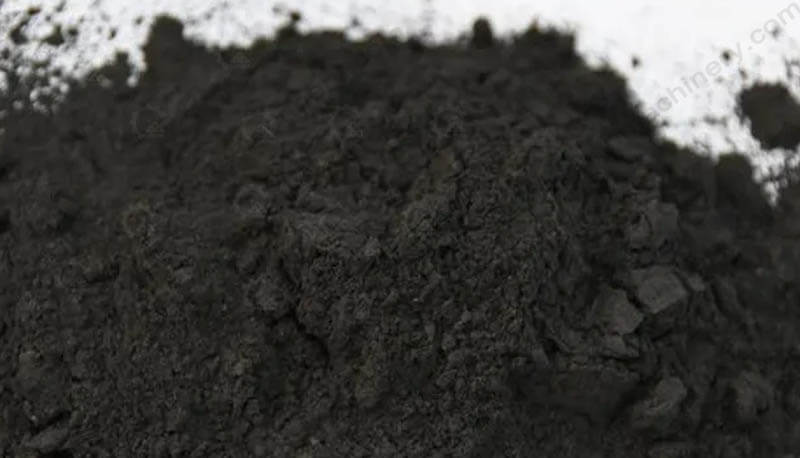In today’s rapidly evolving world of sustainable practices, setting up a unit for black mass recycling has become not only a responsible choice but also a profitable venture. As the demand for battery recycling increases, particularly for lithium-ion batteries, establishing a robust black mass recycling plant can provide significant environmental benefits while opening up new revenue streams. In this guide, we will explore the key aspects of setting up such a facility, focusing specifically on the equipment and processes involved in black mass recycling and Ternary Lithium Battery Extraction Equipment.
Understanding Black Mass Recycling
What Is Black Mass?
Black mass is the term used to describe the material that remains after shredding spent lithium-ion batteries. This material typically consists of a mixture of valuable metals, including lithium, cobalt, nickel, and manganese, as well as other components like plastics and electrolytes.
Why Recycle Black Mass?
The recycling of black mass is crucial for several reasons:
Environmental Impact: Recycling helps reduce the environmental footprint associated with mining and processing new materials.
Resource Recovery: Valuable metals can be recovered, reducing the need for virgin materials.
Economic Benefits: The resale of these metals can generate substantial revenue.

Setting Up Your Black Mass Recycling Plant
Site Selection
Choosing the right location is critical for your black mass recycling plant. Consider factors such as proximity to battery waste sources, local regulations, and infrastructure (e.g., power supply, water, and transportation).
Equipment Requirements
To set up a successful black mass recycling unit, you will need specialized equipment, including:
Ternary Lithium Battery Extraction Equipment
This equipment is specifically designed to extract ternary materials from spent lithium-ion batteries. It includes machinery for:
Pre-Shredding: To break down the batteries into smaller pieces.
Separation: To separate the valuable metals from other materials.
Refining: To purify the extracted metals.
Processing Steps
The typical steps involved in black mass recycling include:
1. Collection and Pre-Treatment: Gathering spent batteries and preparing them for processing.
2. Shredding: Breaking down the batteries into smaller components.
3. Physical Separation: Using techniques like magnetic separation and air classification to isolate different materials.
4. Chemical Processing: Further refining the black mass to recover pure metals.
Safety and Compliance
Safety is paramount in any recycling facility. Ensure compliance with all local and international safety standards, including:
Personal Protective Equipment (PPE) for workers
Proper handling and storage of chemicals
Emergency response plans
Marketing and Sales
Once your black mass recycling unit is operational, you’ll need to market your services and products effectively. Potential buyers of recycled materials include:
Battery manufacturers
Metals traders
Electronics companies
Setting up a unit for black mass recycling requires careful planning and investment in the right equipment, such as Ternary Lithium Battery Extraction Equipment. By following the guidelines outlined above, you can establish a successful and sustainable operation that contributes positively to both the environment and your bottom line. As the global push towards sustainability continues, the demand for responsibly sourced materials will only increase, making now the perfect time to enter this growing market.




